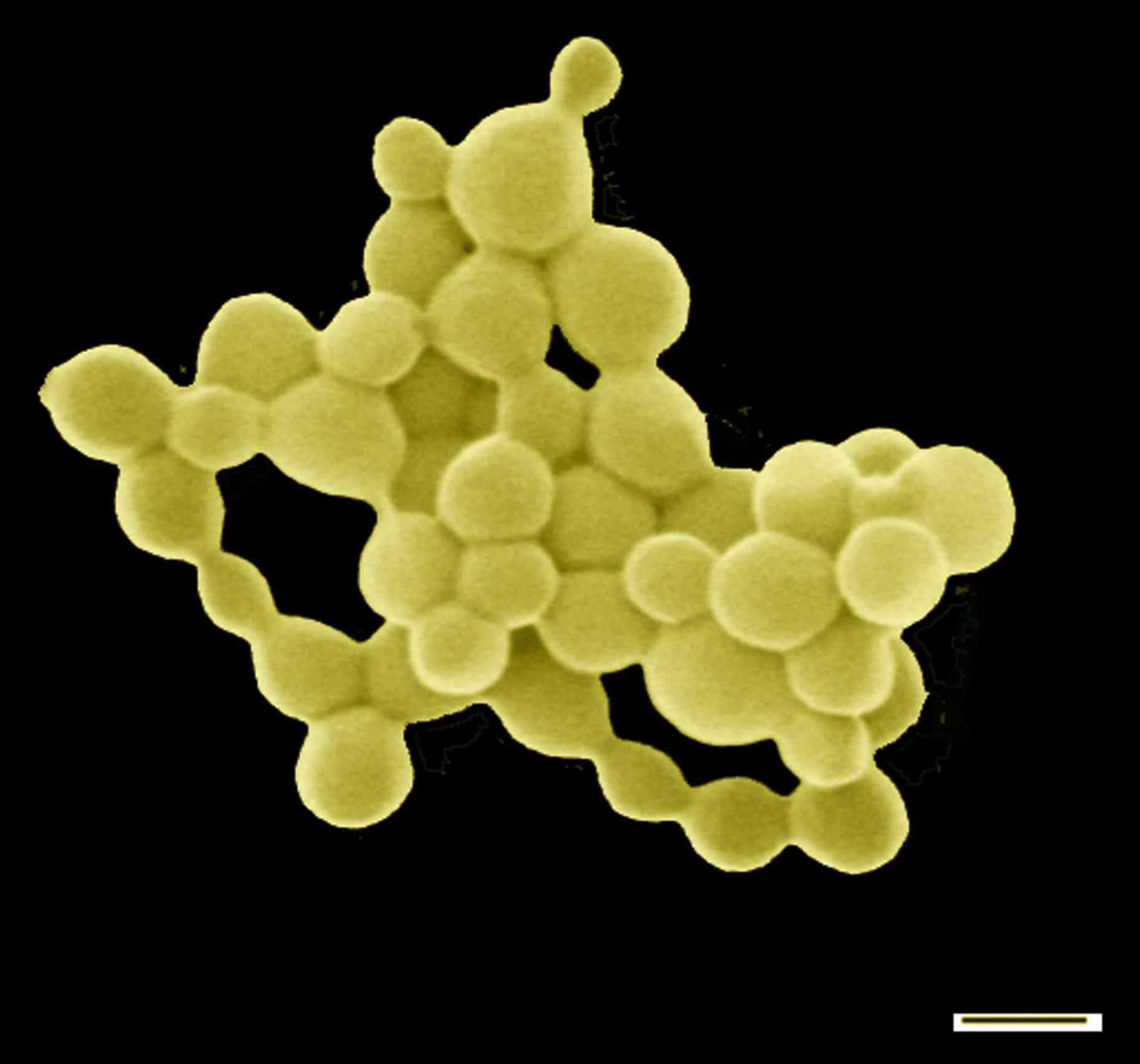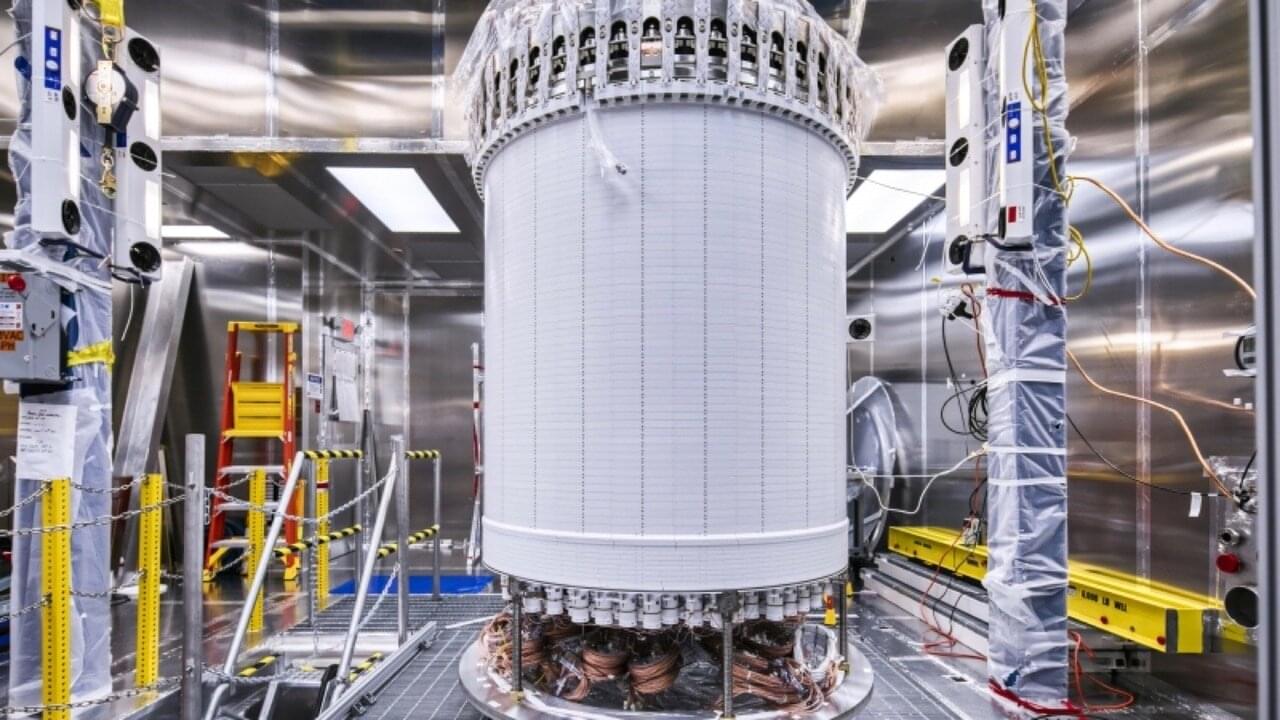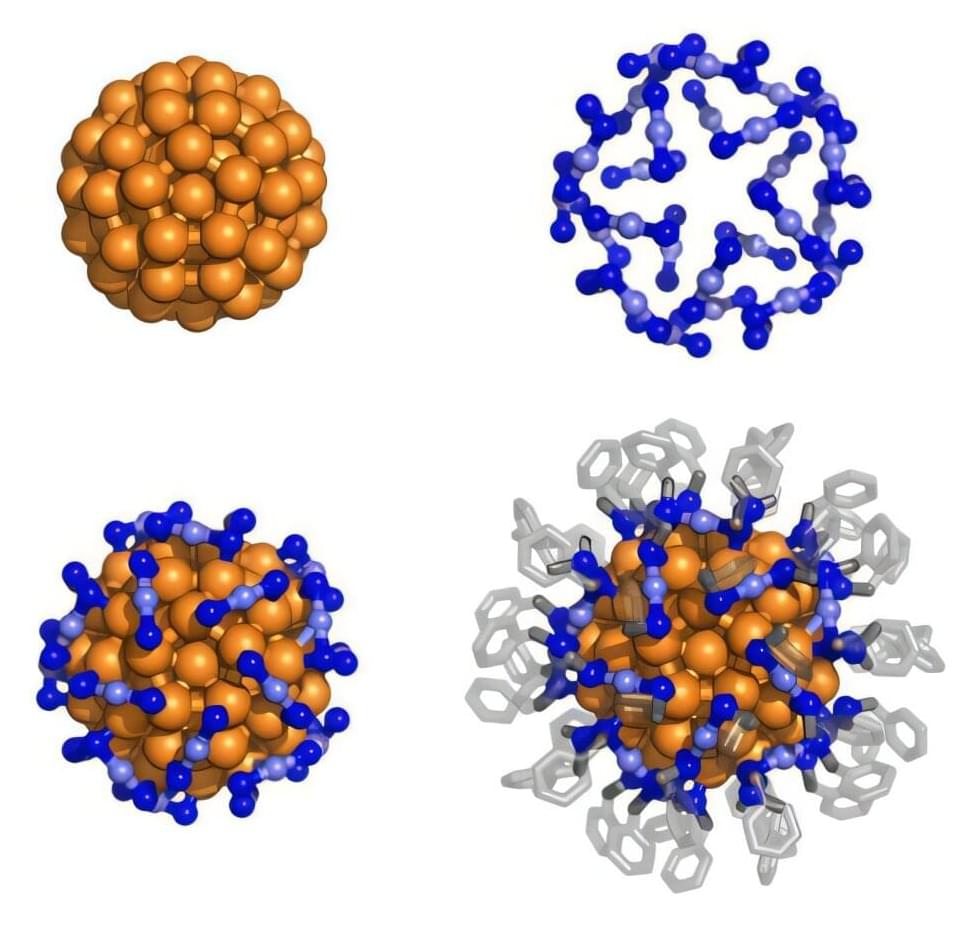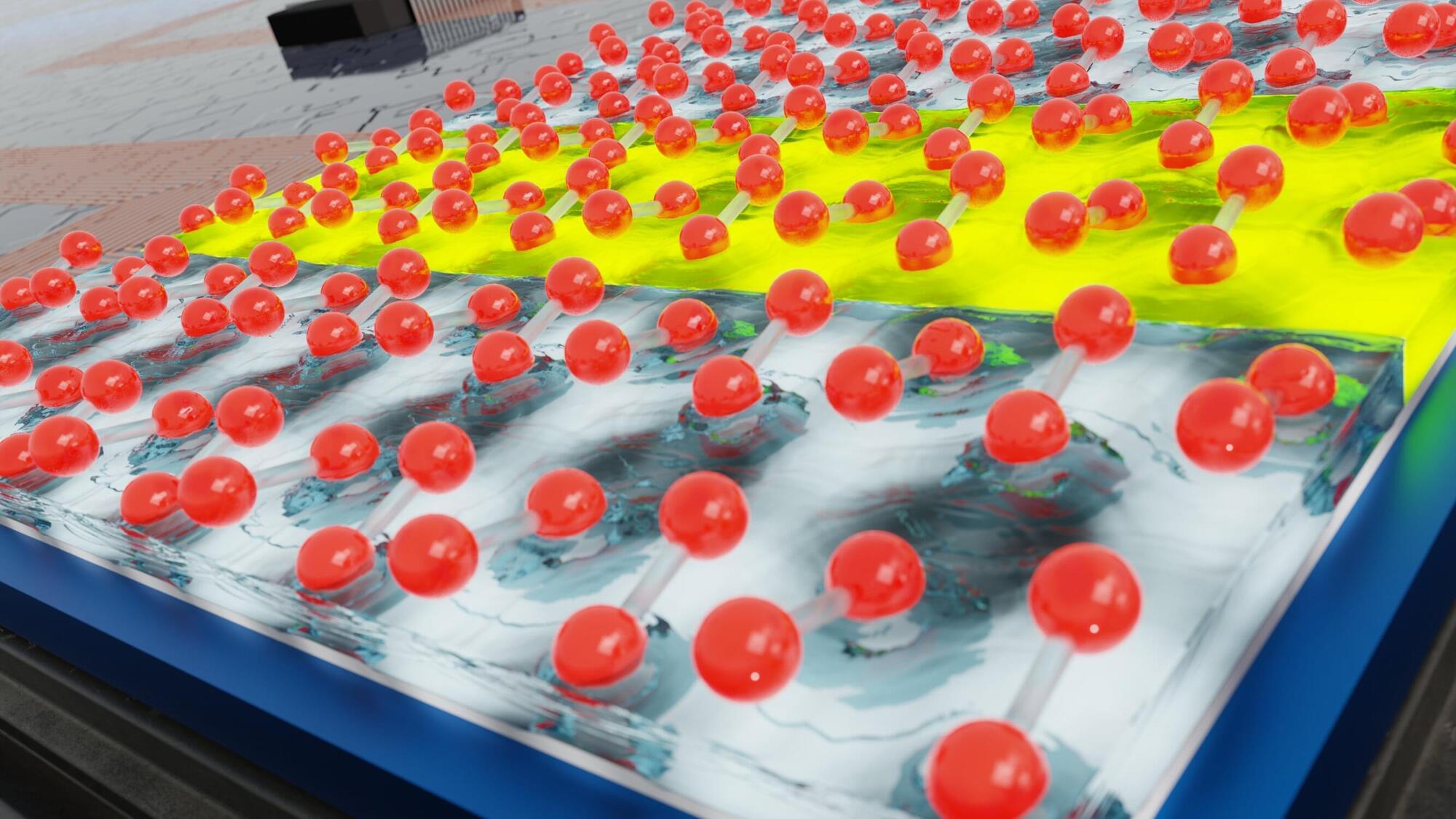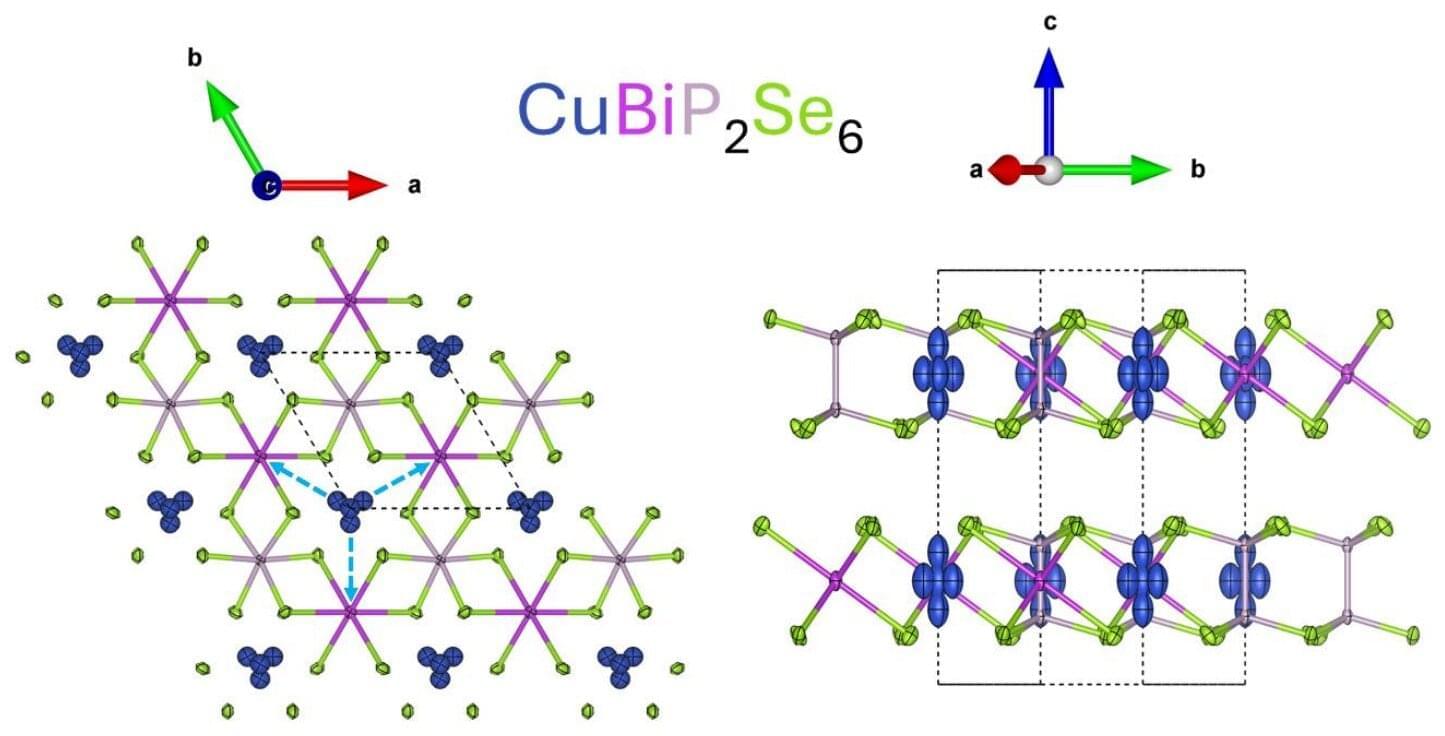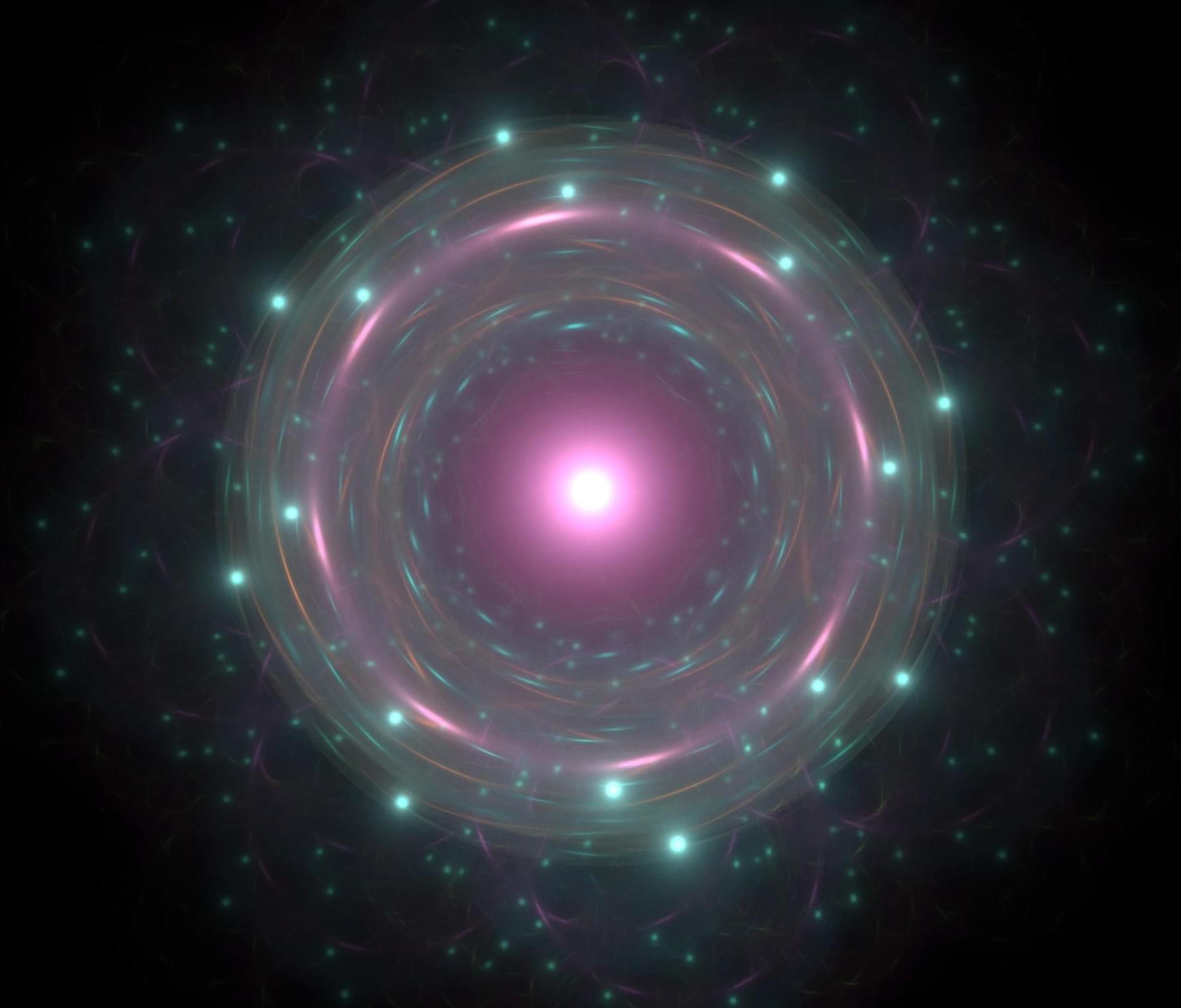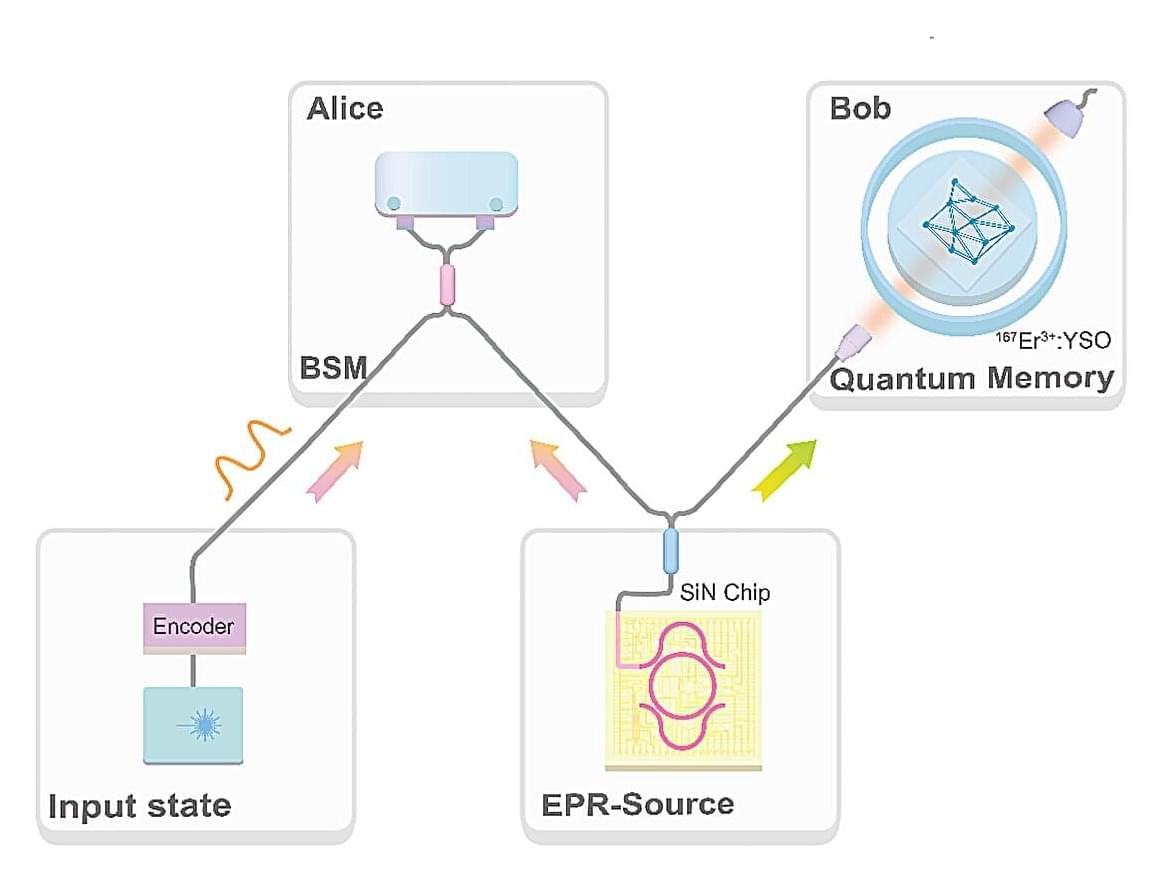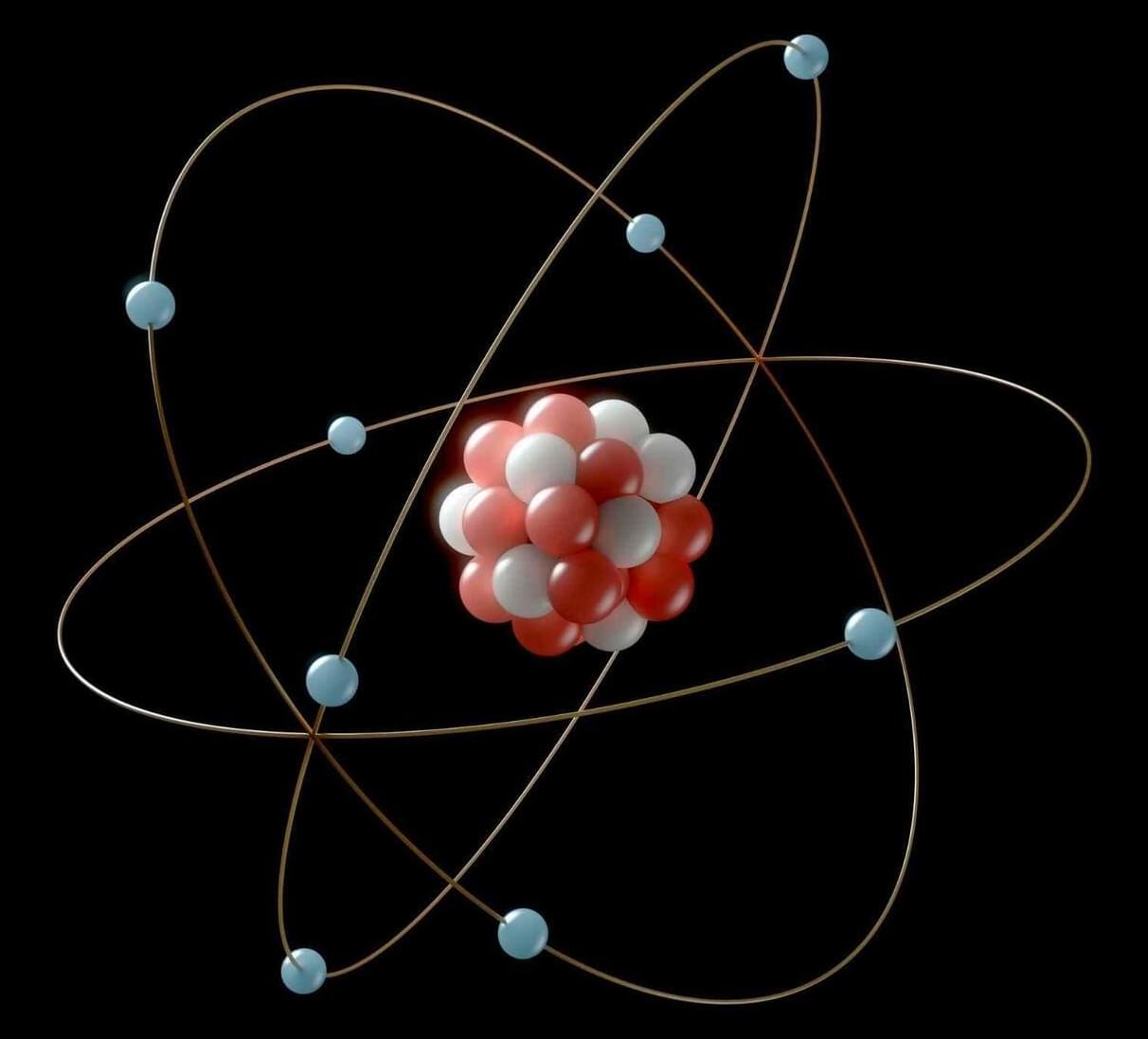Researchers from SANKEN (The Institute of Scientific and Industrial Research) at The University of Osaka have developed a new program, “postw90-spin,” that enables high-precision calculations of a novel performance indicator for the spin Hall effect, a phenomenon crucial for developing energy-efficient and high-speed next-generation magnetic memory devices.
This breakthrough addresses a long-standing challenge in spintronics research by providing a definitive measure of the spin Hall effect, overcoming ambiguities associated with traditional metrics. The research is published in the journal npj Spintronics.
The spin Hall effect, where many researchers recognize an electric field generates a perpendicular spin current, is key to spintronic devices. Previously, the spin Hall conductivity was used as a performance indicator. However, this metric is affected by how the spin current is defined, leading to inconsistencies.

